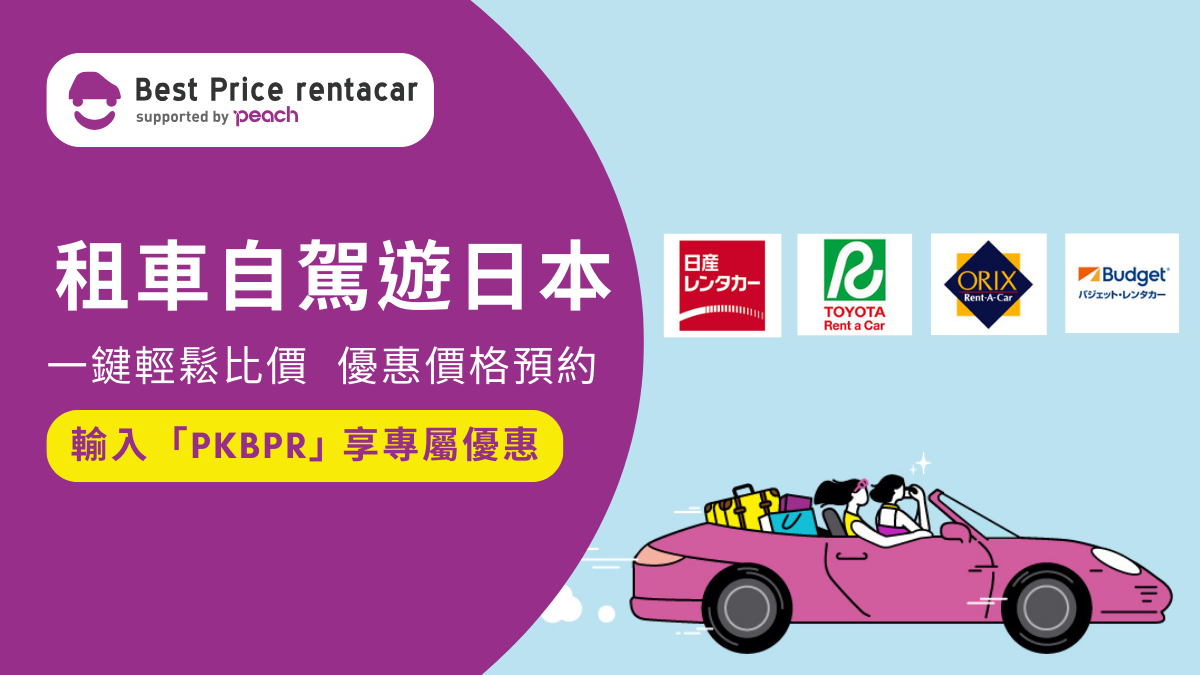寫在前面:預計這40到50個主題將在四月中旬或底...完成,所以從現在到四月中,大約一天要完成一到兩個主題!!願主祝福我能順利完成了!!
Hello there:
(2) Investment in Associates: Equity Method
(ownership is between 20% to 50%,
has influence but no control)
Equity Method的背後主要有幾個重點:財務報表在遇到Goodwill的處理,以及為何企業偏好使用Equity Method!!
首先讓我們來看一個例子:
JoJoS company acquired 30% of PuPuS Ltd. for $500,000 on Jan. 2015.
PuPuS資訊 帳面價值 公平市價
Current assets 100,000 100,000
PP&E 1,900,000 2,200,000
Liabilities 800,000 800,000
Net Assets 1,200,000 1,500,000
PP&E has 10 yrs remaining life with
straight-line depreciation.
Also, PuPuS's 2015 net income = 100,000 and dividends = 50,000.
Goodwill = 500,000 - 30% * 1,200,000 - 30% * (2,200,000-1,900,000)
= 50,000
Goodwill的計算必須包含買價扣除持有Net Assets的比例與資產重估(FV-BV)的持有比例!!
Equity Income = 30%*100,000 - 30%*(2,200,000- 1,900,000)/10
= 30,000 - 9,000
= 21,000 (I/S 中必須扣除amortization)
Investment in associate at 2015
= 500,000 + 30% * (100,000 - 50,000) - 30% *(2,200,000- 1,900,000)/10
= 506,000 (B/S)
在這個例子當中,我們知道purchase price> book value,同時也大於其他資產重估價值的總和,因此會產生新的折舊與攤銷,另外值得一提的是Goodwill是絕對不能攤銷的!!
在Equity method 因為只用到one-line consolidation,既不用考量到購買企業的資產與負債,
也不用考量到損益表中科目必須按比例合併,因此相對上其ROA是會比較高的!!
(3)Consolidation (有control能力, ownership不見得一定超過50%,但一般是的!!)
Acquisition Method:將兩個企業的資產負債表中的科目合併,同樣的將兩個企業的損益表中科目合併!值得注意的是當一個企業合併另一個時,可能有一些股權並未持有在手上,那時必須另設一個minority (non- control) interest (equity的科目)在資產負債表中!!
(4)一般喜歡討論關於上述三種企業持有的會計認列問題,多有關Goodwill對於資產負債表的影響,以及三種不同認列對於ROA或ROE的影響!!值得一提的是Net income是不受到三者認列方法的影響的,您可以自行計算看看!!Asset的計算則視情況而定,一般說來必須配合持股比例或是否有控制權力或影響力而定!!一般 acquisition method中,需要合併財務報表,如果未能完全持有100%子公司股權,在Equity科目中必須增加一個Minority (non-controlling) interest (equity),而其它資產與負債科目除自身的common stock與Retain earnings之外必須合併,並扣除當出花錢購買股權的成本!!而在Equity method當中,則必須在資產面多加一個Equity investment in associates(or affiliate),並且在income statement中多一個equity income (invest in associate)的科目!!同樣的,在損益表中,equity method不必認列加總的損益,只要認列equity income(invested in associate)即可,但acquisition method則需要合併revenue與expense,並外加個minority interest於I/S當中!!!最重要的是多花比購買資本的帳面價值與市場重估價值的部份必須記為goodwill,而且這個goodwill不能攤銷與折舊,只能重估是否有impairment與認列其損失在I/S裡面!!在IFRS中一般採用partial goodwill method(也能採用full goodwill method),而U.S. GAAP則採用full goodwill method,主要差異在於對於minoroty interest的差異計算!!!以及其對於自身ROA,ROE與leverage ratio等財務數據的影響!!!值得注意的是在equity method中,inpairment 在IFRS是不能夠被重新write up的,這與其他重估處理是極為不同的!
(F)小結:
Equity Method Proportional consolidation Acquisition Method
Asset/Liability smaller in-between larger
Net Income the same the same the same
ROA smaller in-between larger
ROE the same the same smaller
ROE(Acquisition)小的原因主要在於其Shareholder's Equity必須包含minority (non-controlling)interest equity,因此在Net Income相同的情況下,ROE就變小了!!!而ROA自然是因為Asset/Liability因合併的原因增加,所以......Equity的部份確實需要考量到investment in associate,因此就同步增加摟!!Net Income在三種方法都相同的背後,代表著Acquisition method中多一個科目minoroty interest(Equity item)將全部的Net income照持股比例調整成要記錄在Acquier's I/S中的與minoroty interest科目上面的!!


 留言列表
留言列表



 {{ article.title }}
{{ article.title }}